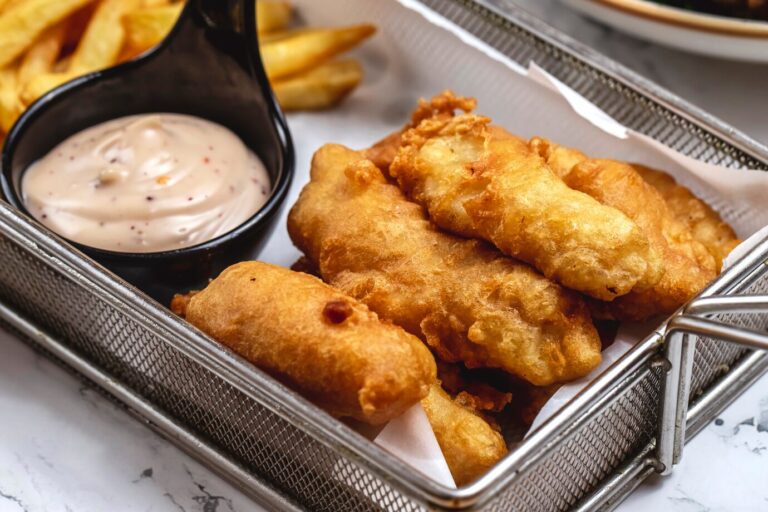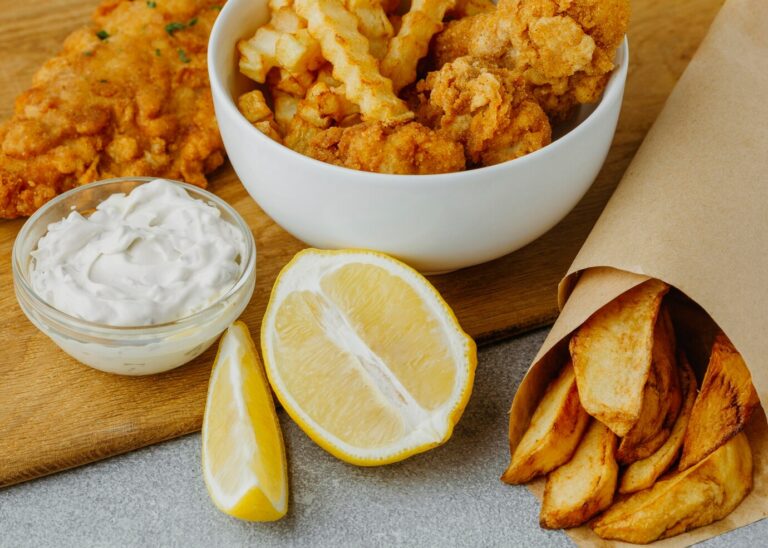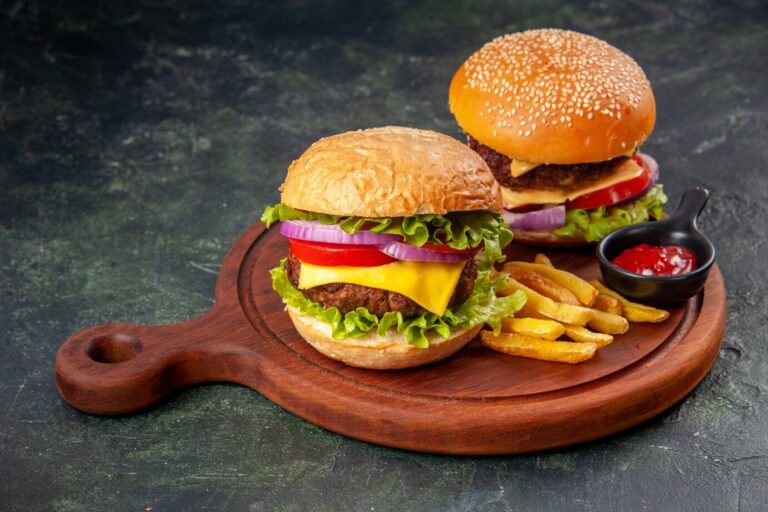Whole Wheat Couscous: 5 Easy Recipes to Try Today
Introduction:
Have you ever wondered how to make a meal that’s healthy, quick, and delicious all at the same time? Well, whole wheat couscous might just be the perfect answer for you! Whether you’re new to cooking or just looking for an easy way to spice up your meals, whole wheat couscous is a fantastic option. Ready to learn how to make it in a way that’s not only simple but also packed with flavor? Keep reading!
Overview:
Whole wheat couscous is a healthy and versatile grain that can be the base of so many meals. It’s a whole grain version of the traditional couscous, meaning it’s packed with fiber, vitamins, and minerals that make it a great choice for anyone looking to eat more nutritious meals. The best part? It cooks up in just a few minutes, making it a time-saver for busy weeknights.
In this article, we’ll walk through 5 easy and tasty whole wheat couscous recipes that you can try today. These dishes are quick to prepare, healthy, and adaptable, so you can make them again and again. Whether you’re a beginner or an experienced cook, you’ll find something here that suits your style and taste buds.
Essential Ingredients:
Before we dive into the recipes, let’s take a look at the ingredients you’ll need. Whole wheat couscous is the star of the show, but you’ll also need a few other ingredients to bring these recipes to life. Here’s a list of the basics:
- Whole wheat couscous: This is the heart of the dish. It’s a whole grain, so it provides more fiber and nutrients than traditional couscous. It’s quick to cook and has a mild, nutty flavor that pairs well with just about anything.
- Olive oil: For sautéing vegetables or for adding richness to the couscous. Olive oil is a healthy fat that gives your dish a nice depth of flavor.
- Vegetables: Depending on the recipe, you may need a mix of veggies like bell peppers, carrots, zucchini, and onions. These add color, crunch, and nutrients to your dish.
- Herbs and spices: Common herbs for couscous include parsley, cilantro, thyme, and basil. Spices like cumin, paprika, and turmeric can add warmth and flavor.
- Lemon: A squeeze of fresh lemon juice can brighten up the dish, adding a zesty kick.
- Broth or water: Cooking couscous in broth instead of just water infuses it with extra flavor.
Substitutions and Variations:
- Gluten-free couscous: If you’re gluten-free, you can substitute whole wheat couscous with gluten-free couscous made from corn or rice.
- Vegetable broth: You can use vegetable broth instead of chicken or beef broth for a vegetarian option.
- Add protein: Feel free to add grilled chicken, tofu, or chickpeas for an extra protein boost.
Step-by-Step Instructions:
Now, let’s get cooking! These recipes are simple and don’t require much time. Here’s a general guide on how to prepare the whole wheat couscous, followed by the 5 tasty recipes:
- Prepare the couscous:
- Bring 1 1/2 cups of water or broth to a boil.
- Add 1 cup of whole wheat couscous to the boiling liquid, stir to combine, then remove from heat.
- Cover and let it sit for about 5 minutes. After it’s done, fluff the couscous with a fork to separate the grains.
- Sauté vegetables (for most recipes):
- In a separate pan, heat olive oil over medium heat.
- Add your chosen vegetables and sauté until soft and lightly browned. Season with salt, pepper, and your favorite spices.
- Combine couscous and veggies:
- Once the couscous is ready and the veggies are cooked, simply mix them together in a large bowl. Stir in your fresh herbs, lemon juice, or any extra ingredients as needed.
Assembly:
For each recipe, follow the basic cooking steps above, but also add the specific ingredients and flavors for each dish. Here’s how you can assemble them:
- Mediterranean Couscous Salad:
- Toss the couscous with cucumbers, cherry tomatoes, olives, feta cheese, and a sprinkle of oregano. Drizzle with olive oil and lemon juice for a refreshing salad.
- Vegetable Couscous Stir-Fry:
- Stir-fry your favorite veggies like bell peppers, zucchini, and carrots. Add the couscous to the pan and stir everything together. Top with a sprinkle of soy sauce or tahini for extra flavor.
- Couscous with Grilled Chicken and Veggies:
- Add grilled chicken to the couscous and sautéed veggies. Garnish with fresh parsley and a squeeze of lemon for a filling and satisfying meal.
- Couscous and Chickpea Bowl:
- Mix the couscous with sautéed onions, garlic, and cumin. Add chickpeas and your favorite greens, then top with tahini sauce and a dash of paprika.
- Couscous with Roasted Vegetables:
- Roast a variety of vegetables like sweet potatoes, carrots, and Brussels sprouts. Once cooked, mix them with the couscous and drizzle with olive oil and balsamic vinegar for a flavorful dish.
Storage and Preparation Tips:
- Storage:
Store leftover couscous in an airtight container in the fridge for up to 4 days. To keep the couscous from getting too dry, add a splash of water or broth when reheating. - Reheating:
To reheat, place the couscous in a microwave-safe container and add a tablespoon of water. Cover and microwave for 1-2 minutes, then fluff with a fork. - Prep in advance:
Whole wheat couscous can be cooked ahead of time and stored in the fridge for quick meal prep. Just warm it up when you’re ready to use it.
Recipe Variations:
- Spicy Couscous: Add a dash of chili flakes or hot sauce to your couscous for a spicy kick.
- Couscous with Fruit: For a sweet twist, add dried fruits like raisins or apricots to your couscous. Pair with a drizzle of honey and a sprinkle of cinnamon.
- Couscous with Nuts: Toasted almonds or pine nuts can add a crunchy texture to your couscous.
Feel free to get creative! Whole wheat couscous is incredibly adaptable, so experiment with your favorite flavors and ingredients.
Conclusion:
Whole wheat couscous is an easy-to-make, healthy, and versatile ingredient that can be used in a variety of dishes. Whether you’re looking for a light salad, a hearty meal, or something in between, these 5 easy recipes are sure to become a go-to in your kitchen. The best part? They’re quick, nutritious, and full of flavor. So, go ahead and experiment with whole wheat couscous—you might just discover your new favorite meal!
Frequently Asked Questions:
1. Can I make whole wheat couscous ahead of time?
Yes! Whole wheat couscous stores well in the fridge for up to 4 days, so you can make it in advance for easy meal prep.
2. Is whole wheat couscous healthier than regular couscous?
Yes! Whole wheat couscous is made from whole grains, which means it contains more fiber and nutrients compared to regular couscous, which is often made from refined wheat.
3. Can I use a different grain instead of whole wheat couscous?
Absolutely! You can substitute quinoa, rice, or even cauliflower rice for a gluten-free or lower-carb option.
4. How do I store leftover couscous?
Store it in an airtight container in the fridge for up to 4 days. Be sure to add a little water or broth when reheating to keep it moist.
5. How can I add protein to my couscous dishes?
You can add grilled chicken, chickpeas, tofu, or even boiled eggs to your couscous for a protein-packed meal.







